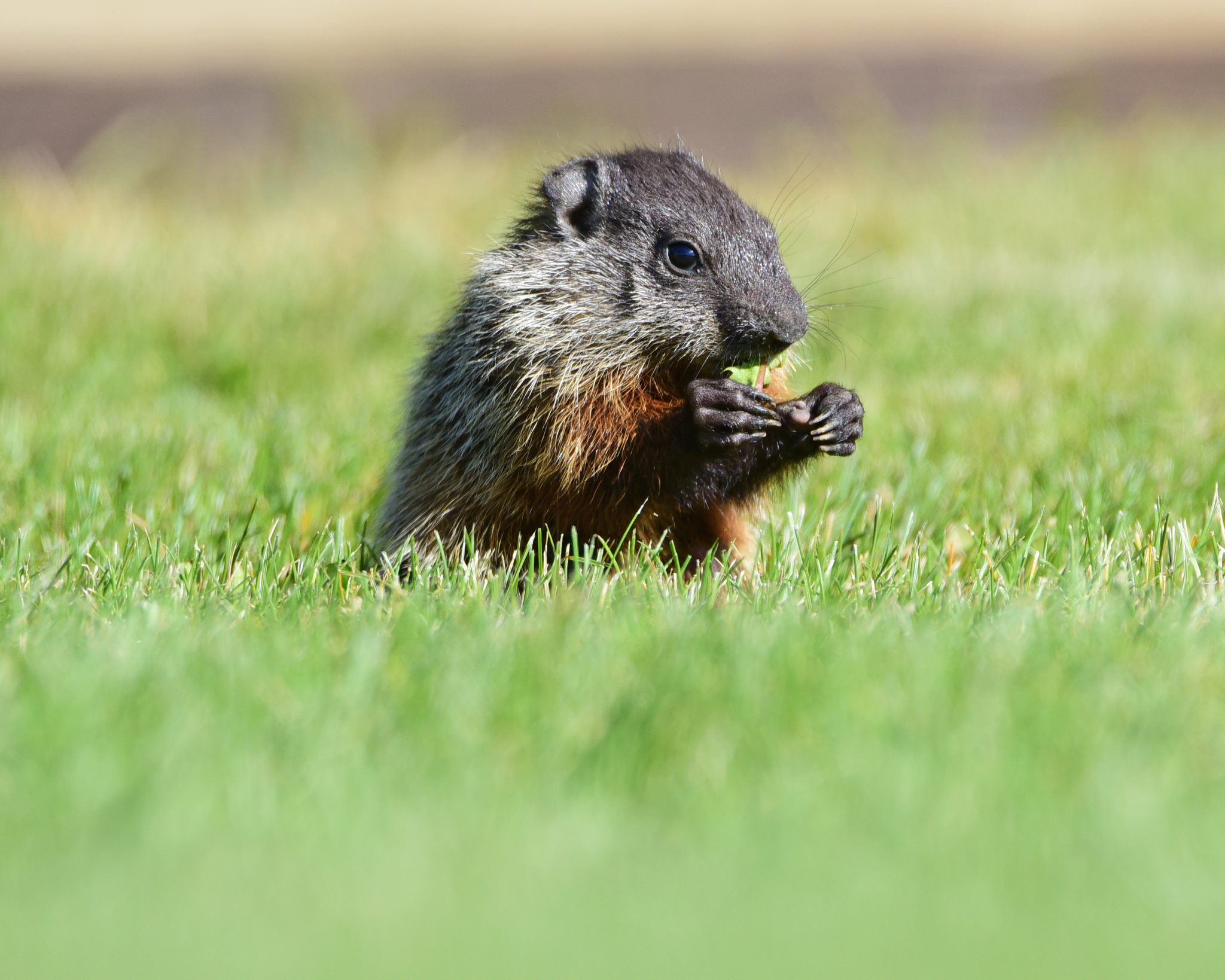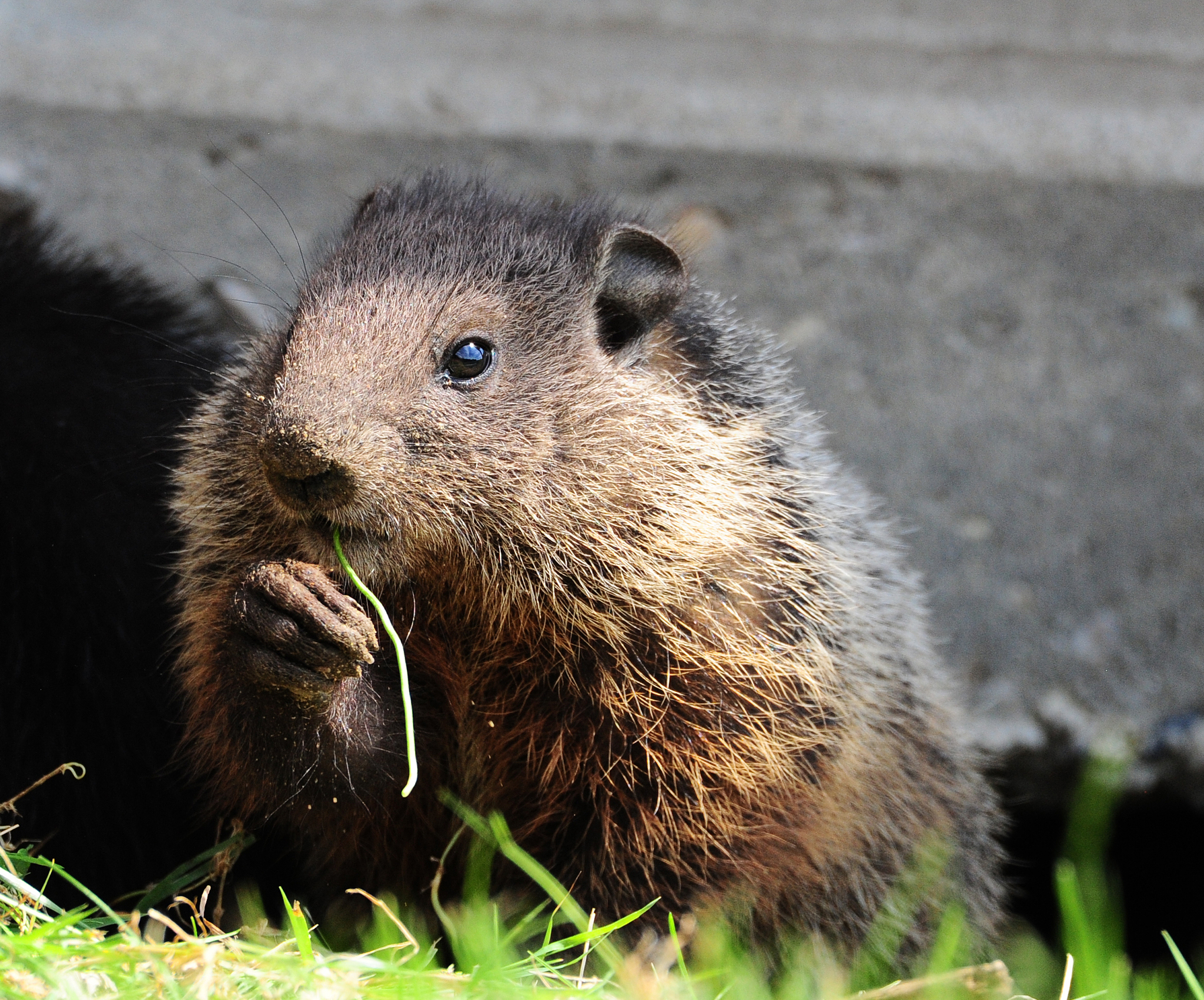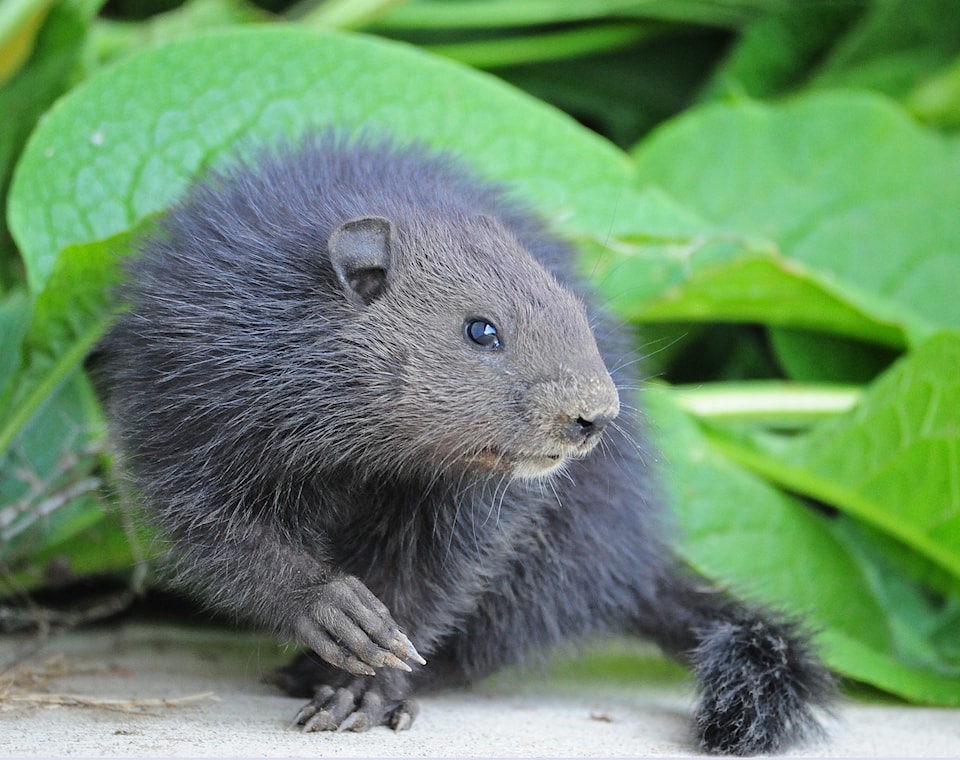I thought it fitting to devote this column to the groundhog/woodchuck, a mammal that was widely discussed earlier this month. Balzac Billy, Alberta’s spring prognosticator, emerged on Feb. 2 (Groundhog Day) and saw his shadow.
Groundhog Day is the well-known legend about a groundhog that comes out of its underground burrow each winter on Feb. 2 to “predict” the weather. If it can see its shadow, there will be six more weeks of winter. If it cannot see its shadow, spring is just around the corner.
Groundhog Day has its roots in ancient Christianity, when European clergy would distribute candles. As is often the case with rituals, the specifics change over time. In this case, the candles were replaced by hedgehogs, which were then replaced with groundhogs (see my blog myrnapearman.com for more details).
In reality, all Alberta woodchucks are still fast asleep in their underground burrows in February. In fact, they spend most of their lives in a state of either torpor or hibernation, tucked in their underground chambers from September to May. They breed soon after they awaken in the spring and the young emerge from the dens about six weeks later, usually in late June or early July.
Woodchucks, like all marmots, are vegetarians. They are active during the day, stay close to their dens and spend a lot of time dozing. I’m pretty sure they wouldn’t chuck wood, even if they could.
It has been my good fortune to spend time watching and photographing a group of woodchucks over the past couple of summers. This small colony has taken up residence under buildings, where the property managers have taken a keen interest in them and are committed to their conservation. Kudos to this organization for caring!
What a thrill it has been to be able to observe these furry, buck-toothed, long-fingered rodents going about their lives … feeding, dozing and interacting with each other. It has been especially fascinating to watch the young ones frolic with their siblings and explore their surroundings, always under the watchful eye of their stern mother.
Although the range of the woodchuck extends across the central and northern parts of the province, and they may be locally common, it has been my observation that these mammals are not nearly as plentiful as they once were. I would appreciate receiving any reports of local individuals or colonies.
Myrna Pearman is the biologist/site services manager at Ellis Bird Farm. She can be reached at mpearman@ellisbirdfarm.ca.


